Nationality Italian Role Engineer | Name Pier Nervi Children Antonio Nervi | |
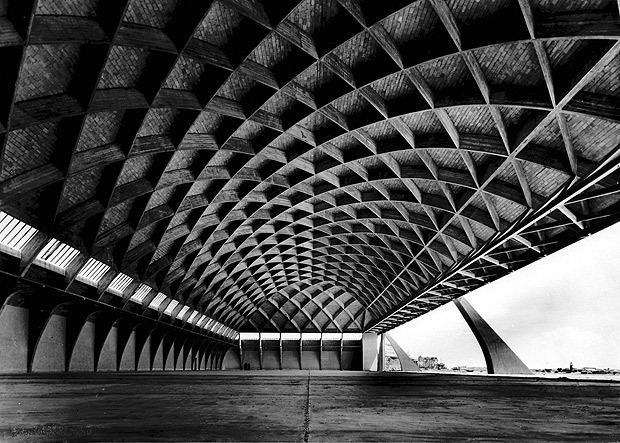 | ||
Institution memberships Society for Concrete ConstructionInstitution of Structural Engineers Significant projects Died January 9, 1979, Rome, Italy Books Aesthetics and technology in building Structures Cathedral of Saint Mary of th, Stadio Artemio Franchi, Stadio Flaminio, PalaLottomatica, Tour de la Bourse Similar People | ||
Pier luigi nervi kursaal bath
Pier Luigi Nervi (June 21, 1891 – January 9, 1979) was an Italian engineer and architect. He studied at the University of Bologna graduating in 1913; Dr Nervi taught as a professor of engineering at Rome University from 1946 to 1961 and is known worldwide as a structural engineer and architect and for his innovative use of reinforced concrete.
Contents
- Pier luigi nervi kursaal bath
- Pier luigi nervi palazzetto dello sport
- Biography
- Civil engineering works
- Engineer and architect
- International projects
- Noted works
- Awards
- Publications
- References
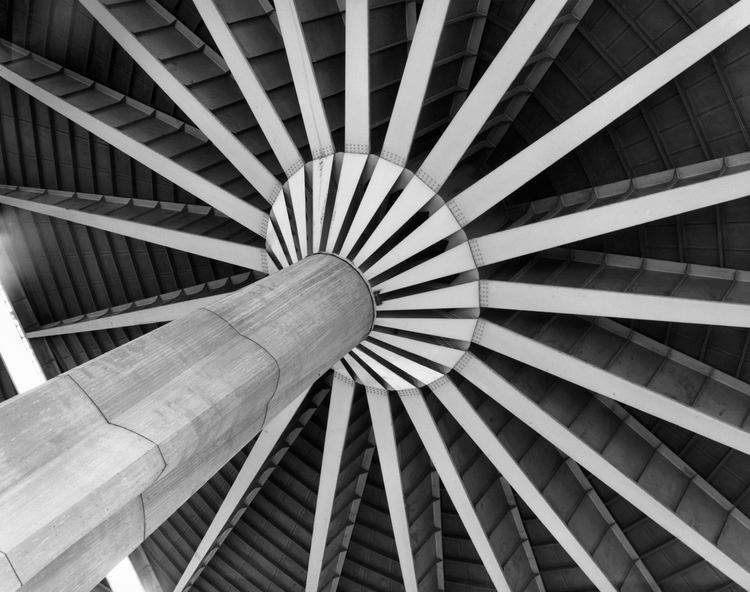
Pier luigi nervi palazzetto dello sport
Biography
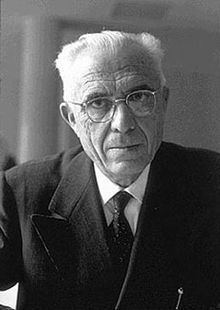
Pier Luigi Nervi was born in Sondrio and attended the Civil Engineering School of Bologna from which he graduated in 1913; his formal education was quite similar to that experienced today by Italian civil engineering students. After graduating he joined the "Society for Concrete Construction" and, during World War I from 1915–1918, he served in the Corps of Engineering of the Italian Army. From 1961-1962 he was the Norton professor at Harvard University.
Civil engineering works
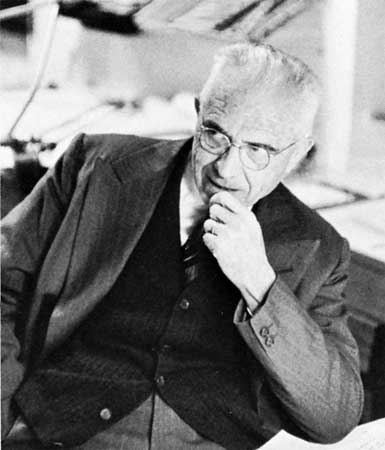
Nervi began practicing civil engineering after 1923, and built several airplane hangars amongst his contracts. During the 1940s he developed ideas for a reinforced concrete which helped in the rebuilding of many buildings and factories throughout Western Europe, and even designed and created a boat hull that was made of reinforced concrete as a promotion for the Italian government.
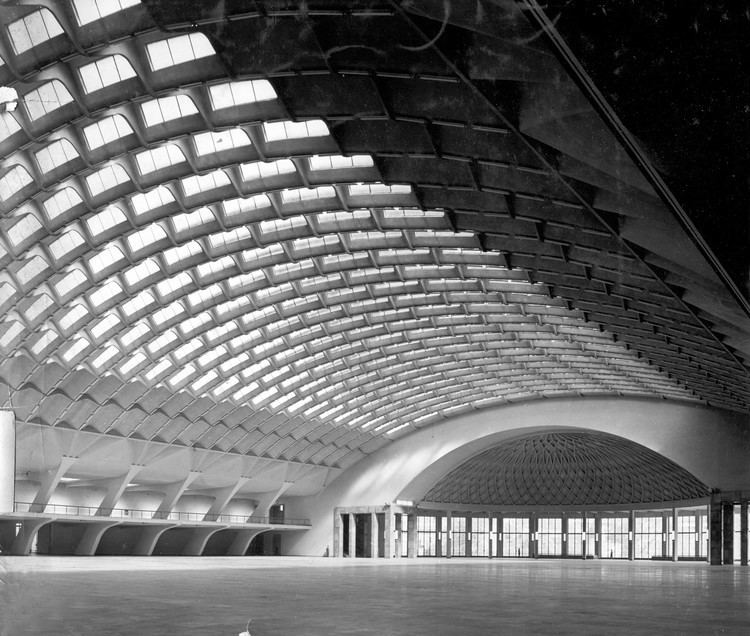
Nervi also stressed that intuition should be used as much as mathematics in design, especially with thin shell structures. He borrowed from both Roman and Renaissance architecture while applying ribbing and vaulting to improve strength and eliminate columns. He combined simple geometry and prefabrication to innovate design solutions.
Engineer and architect
Pier Luigi Nervi was educated and practised as a ingegnere edile (translated as "building engineer") – in Italy, at the time (and to a lesser degree also today), a building engineer might also be considered an architect. After 1932, his aesthetically pleasing designs were used for major projects. This was due to the booming number of construction projects at the time which used concrete and steel in Europe and the architecture aspect took a step back to the potential of engineering. Nervi successfully made reinforced concrete the main structural material of the day. Nervi expounded his ideas on building in four books (see below) and many learned papers.
Archeological excavations suggested that he may have some responsibilities for the Flaminio stadium foundations passing through ancient Roman tombs.
International projects
Most of his built structures are in his native Italy, but he also worked on projects abroad. Nervi's first project in the United States was the George Washington Bridge Bus Station. He designed the roof which consists of triangle pieces which were cast in place. This building is still used today by over 700 buses and their passengers.
Noted works
Awards
Pier Luigi Nervi was awarded Gold Medals by the Institution of Structural Engineers in the UK, the American Institute of Architects (AIA Gold Medal 1964) and the RIBA.
In 1957, received the Frank P. Brown Medal of The Franklin Institute and the Wilhelm Exner Medal.
